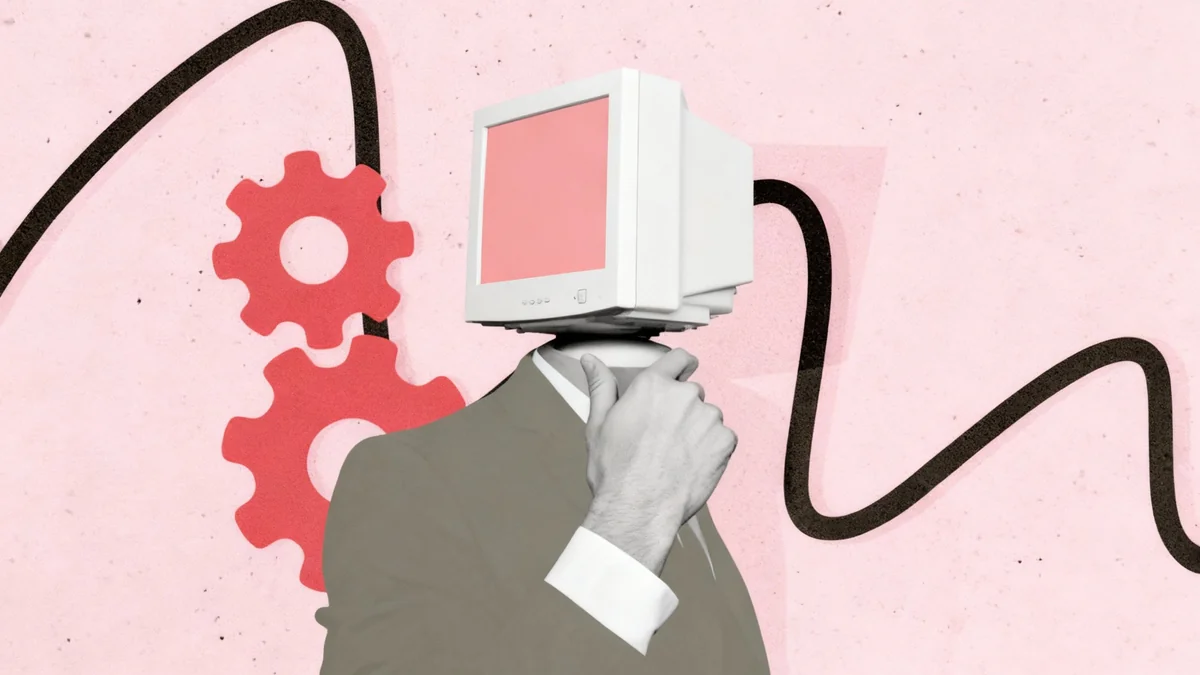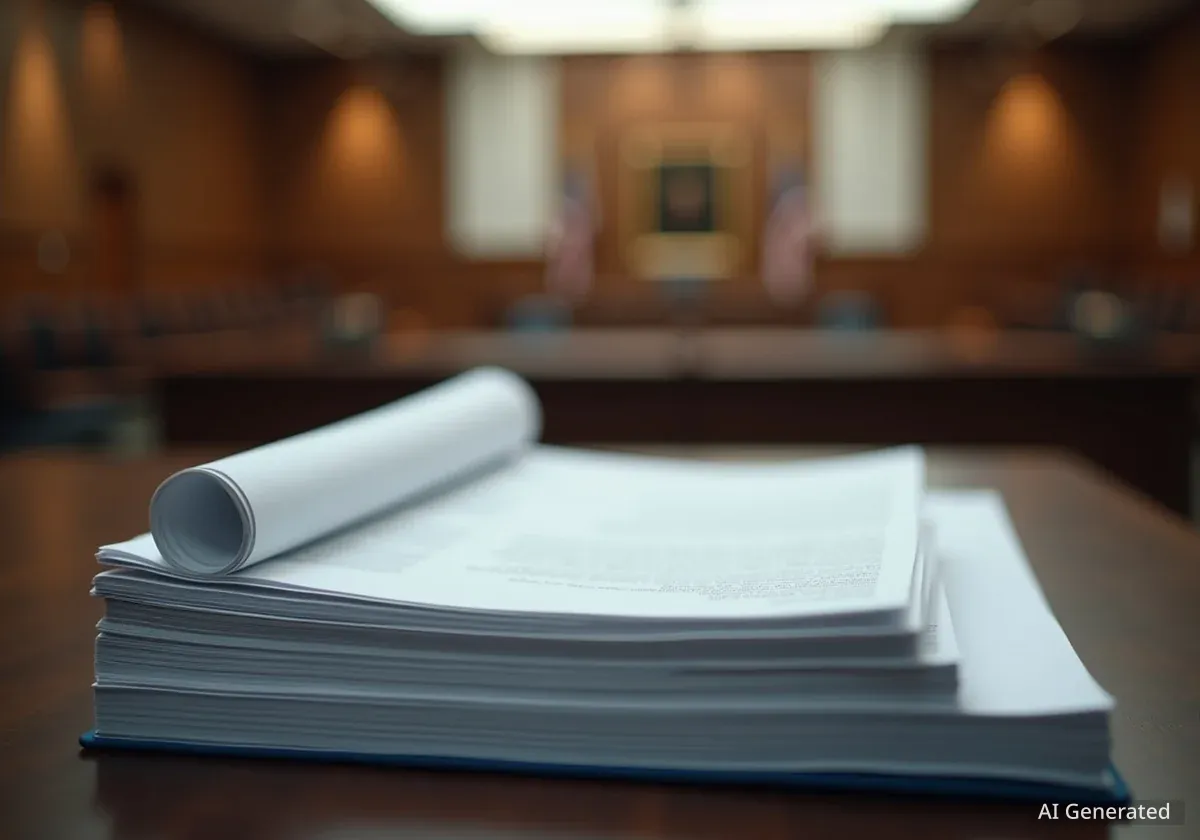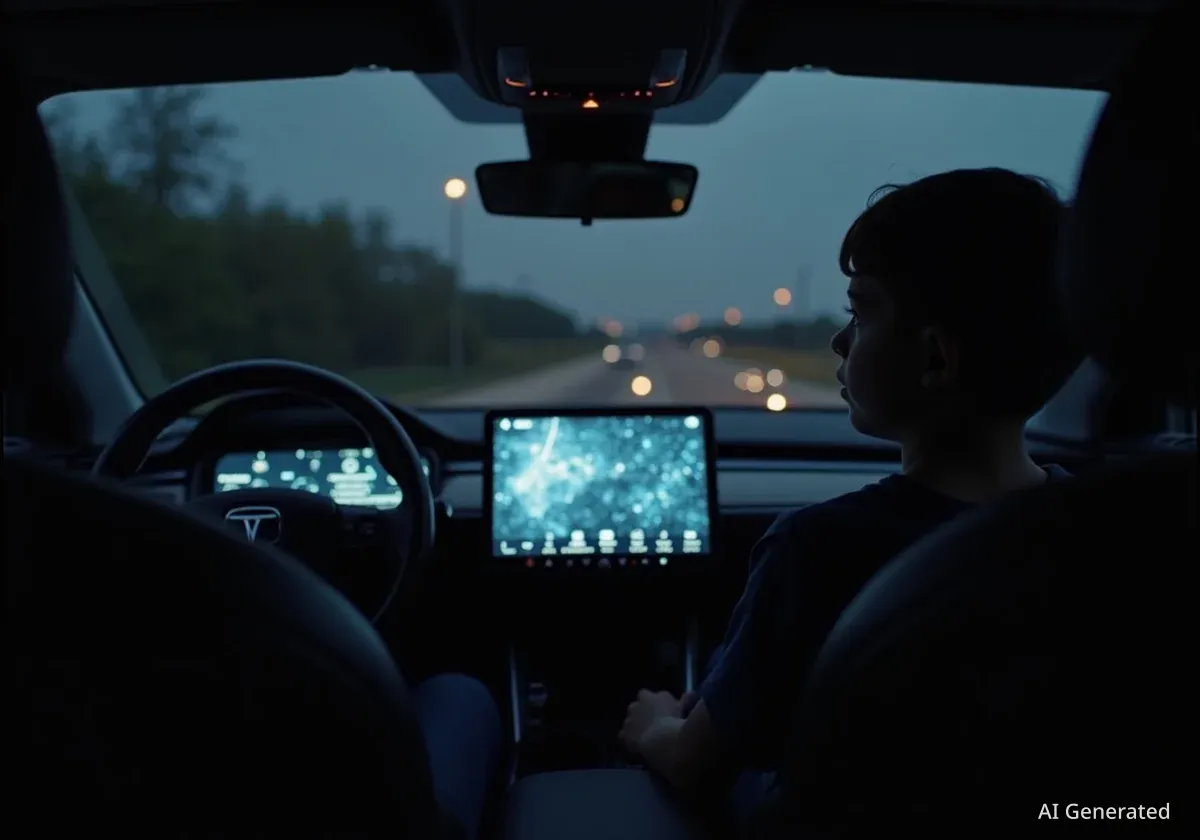Major social media companies are failing to implement a widely endorsed system designed to inform users about AI-generated content, a recent investigation reveals. Despite public commitments from tech giants to increase transparency, tests show that platforms like Facebook, TikTok, and X are stripping the very digital markers intended to identify synthetic media, leaving users in the dark.
A video created with OpenAI's advanced Sora tool, embedded with a tamperproof digital signature to label it as AI-generated, was uploaded to eight major platforms. The results show a near-total breakdown of the promised safety net, raising significant concerns about the potential for deepfakes to spread undetected.
Key Takeaways
- Tests on eight major social media platforms found that seven stripped the digital marker identifying a video as AI-generated.
- Only YouTube provided a notification, but it was a generic disclosure hidden within the video's description and not easily visible.
- The industry-standard system, known as Content Credentials, is being rendered ineffective by the platforms' failure to support it.
- This gap in implementation undermines efforts to combat misinformation and deepfakes as AI technology becomes more realistic and accessible.
A Promise of Transparency Unfulfilled
As artificial intelligence tools capable of producing hyper-realistic videos and images have become widely available, the tech industry presented a unified solution: a digital watermarking system. Companies including OpenAI, Microsoft, and Adobe championed a standard called Content Credentials.
This technology embeds a secure, tamperproof marker into a file's metadata. This marker acts like a digital nutrition label, providing information about how the content was created, including whether AI was used. The goal was to create a clear chain of provenance that users and experts could check to verify authenticity.
Social media platforms, including Meta and TikTok, pledged to support this standard. They promised to display these credentials to users, creating a crucial layer of defense against deceptive content that could disrupt elections or incite public unrest. However, recent findings show this system is not functioning as intended.
What Are Content Credentials?
Content Credentials is a technical standard developed by a coalition of tech companies and news organizations, including Adobe, Microsoft, and the BBC. It attaches permanent, verifiable metadata to media files. This data can show:
- Which AI model was used to generate the content.
- What software was used for editing.
- The original creator of the file.
The system is designed to be a reliable source of truth that travels with the content wherever it is shared online.
The System Breaks Down on Social Media
To assess the real-world implementation of this system, a test was conducted using a video generated by OpenAI's powerful Sora model. The video file was confirmed to contain the Content Credentials metadata, which clearly stated it was “Created using Generative AI” and “Issued by OpenAI.”
This video was then uploaded to eight of the world's most popular social media platforms. The results were stark. Seven of the eight platforms completely stripped the Content Credentials metadata from the video. Once uploaded, there was no way for a user to inspect the file and discover it was AI-generated. The digital trail was erased.
Only one platform, Google’s YouTube, retained any kind of indicator. However, this was not the transparent Content Credentials label promised. Instead, YouTube added its own generic note to the video's description box, which is often hidden from view. The note read, “Altered or synthetic content,” without mentioning AI specifically or providing the original source data.
A Voluntary System With No Enforcement
The failure highlights a critical weakness in the industry's approach. Content Credentials is a voluntary standard. Its success depends entirely on platforms choosing to integrate and display the information. Without that support, the markers embedded by creators like OpenAI are effectively useless to the public.
Many of the companies whose platforms failed the test are steering committee members of the very coalition that oversees the standard, including Google and Meta. Andrew Jenks, executive chair of the Coalition for Content Provenance and Authenticity, stressed the importance of the system.
“Users must have access to how content was made, including which tools were used. The industry must continue evolving our approaches to ensure this level of transparency is both possible and effective.”
The Growing Threat of Undetectable Fakes
The lack of reliable labeling comes as AI video generation technology takes a massive leap forward. Tools like Sora can create clips that are nearly indistinguishable from real footage, making the human eye an unreliable judge of authenticity.
Invisible Watermarks Are Not a Public Solution
In addition to Content Credentials, some companies like OpenAI and Google are developing invisible watermarks. OpenAI says it has a tool that can detect these markers in Sora videos “with high accuracy.” However, this detection tool is for internal use only and is not available to the public, researchers, or journalists.
While OpenAI adds a visible watermark logo to its Sora videos, these can be easily removed. Online services dedicated to stripping watermarks have already appeared. Furthermore, the version of Sora available to software developers does not add a watermark or the Content Credentials metadata, creating another loophole.
This situation leaves the public increasingly vulnerable. Arosha Bandara, a researcher at Britain’s Open University who has studied AI labeling, noted that online audiences are “beyond the point of being able to cope with the scale and the realism” of AI content. Without a robust and universally adopted labeling system, the default position may become one of distrust for all digital media.
As AI tools become more powerful and widespread, the gap between their creation and the platforms' safety measures continues to widen. The industry's promised solution for identifying AI fakes remains, for now, largely a broken promise.





